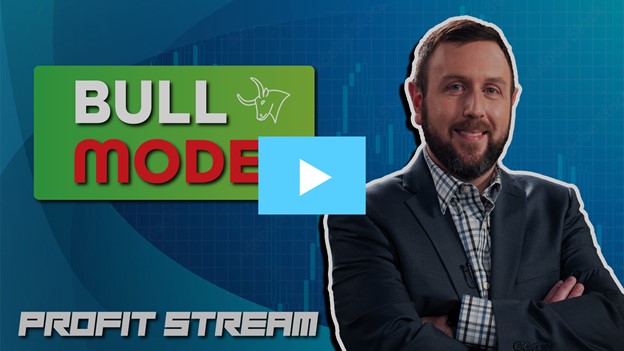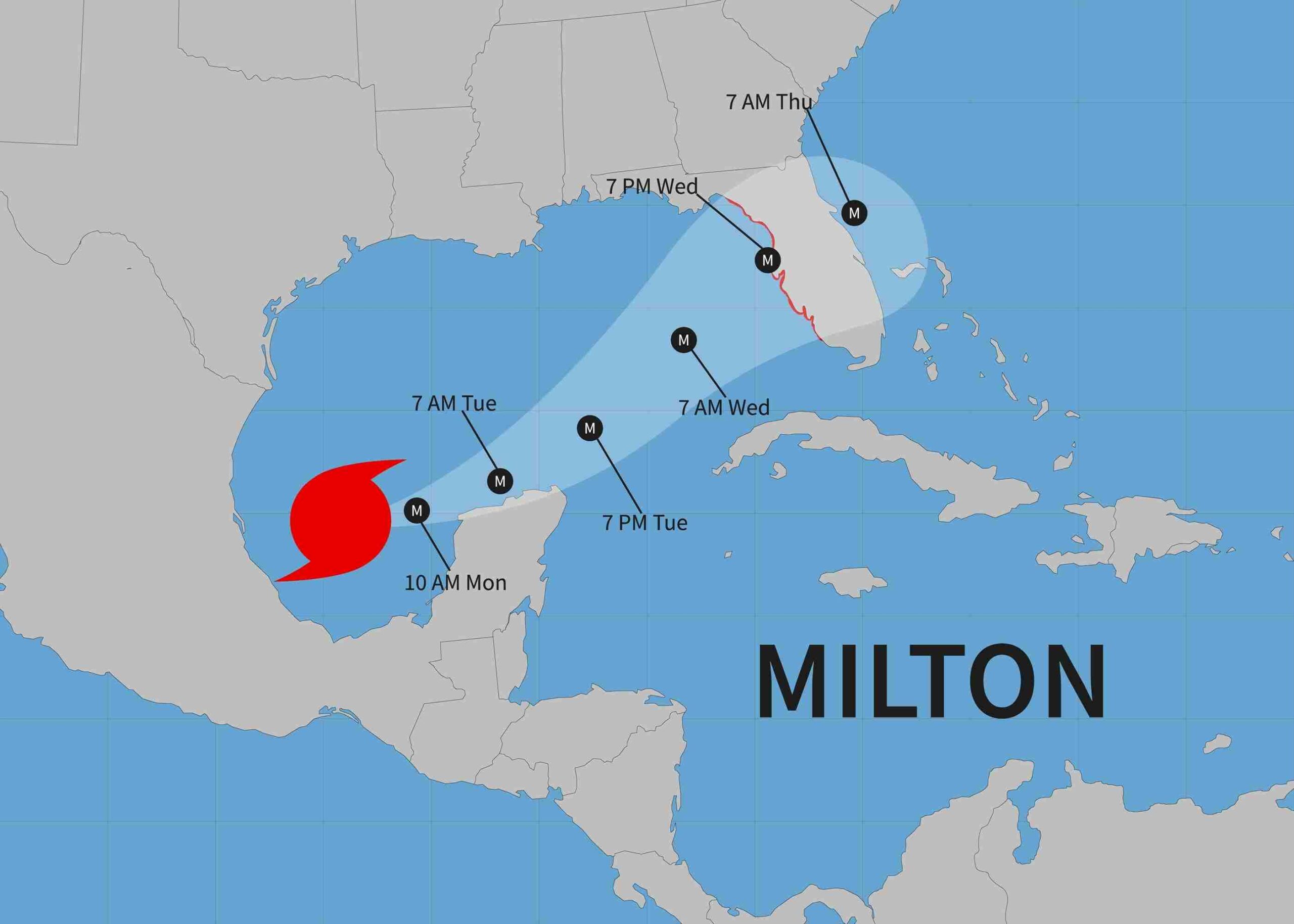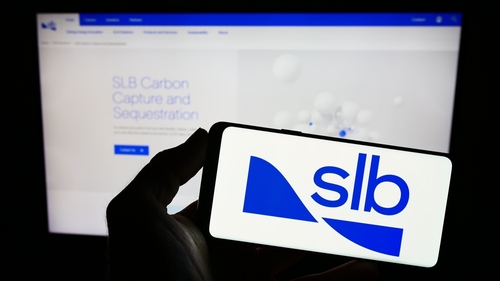Don’t Listen to Warren Buffett on This One
Editor’s Note: We’ve got a big announcement for Trade of the Day readers today…
A NEW expert trader is joining us! His name is Nathan Bear, and you might have seen him in Trade of the Day and the Wake-Up Watchlist already.
The reason we brought him on is his results are out of this world. After starting with a $37,000 account… he generated over $2.7 MILLION in verified trading profits in just four years. His newest goal? To do it AGAIN…
But this time, YOU are invited to watch every single trade he makes… 100% LIVE… as he seeks to grow $37K into ANOTHER million-dollar portfolio.
It all begins Wednesday, March 15, at 2 p.m. ET with his Minivan Millionaire Livestream…
You’ll see how Nate hit gains like 111% in minutes – even while waiting in the minivan line to pick up his kids from school. And he will even show you a real-time trade demo!
Click here for your FREE ticket.
– Ryan Fitzwater, Associate Publisher
Position sizing.
It’s a topic we get asked about frequently in The War Room.
What is it?
How do I do it for my account?
What’s the point?
The truth is…
Unless you’re Warren Buffett and can absorb a huge loss, position sizing makes sense.
You would think a conservative investor like Buffett would be a proponent of position sizing. He isn’t.
And, to be honest, I have a tough time position sizing as well. There is a reason…
Both Buffett and I live and breathe the markets. We have infinite patience, and we don’t care if there is a 20% or 50% drawdown in a position as long as we understand and believe in the fundamentals of the company or investment.
In fact, Buffett is the worst position sizer I follow.
A full 50% of Berkshire’s portfolio is concentrated in a handful of stocks. That’s how he has achieved his gains – he has a lot of money in a few stocks that perform exceptionally well, and he has the ability (and the confidence) to double and triple down during a sell-off.
That’s not the case for most investors. They can’t withstand a 50% or 70% hit. They panic during corrections. They think long term but act short term.
Now, there is a place for short-term investing. It belongs in the speculative portion of your portfolio, and we trade short term every day in The War Room.
But what about your real money – your retirement stash, your income-generating holdings, the stuff you are counting on?
That’s what I’m going to address.
The rules I apply to a chunk of my own portfolio are as follows:
- Know your limits: If it’s a non-dividend-paying stock that is not a blue chip, then I will not invest more than 4% in it, and I’ll use a 25% to 40% stop loss. Think biotech or tech stocks here.
- Know when to invest more: If it’s a bona fide blue chip that pays dividends and has a strong market position, I will go up to 6% and use a 50% stop loss to account for any market corrections. However, if there is a company-specific issue, I will tighten that stop. Think Merck, Pfizer or Verizon here.
- Put in even more for dividend plays: If it’s a pure dividend play like a preferred stock, then I will go as high as 10% and use a 50% stop loss. I will also plan to add to my position on a correction.
- Don’t use a stop loss for non-trades: If it’s a hedge play like gold or energy (which are inflation hedges), I will invest 4% with no stop loss, as these are meant to hedge, not be traded. Think of it as insurance – pay the premium and hope you never collect.
Why should you position size to begin with?
- It offers safety in rough markets: Position sizing provides a cushion in a bad market or when you are in a bad stock. The most you can lose is what you have at risk – and if you use a stop loss, it’s even less. Investing should not be an all-or-nothing game. You must have capital coming back so you’re able to buy when the opportunity presents itself.
- It keeps you process-oriented: Position sizing makes you a disciplined investor as well. It allows you to allocate based on a system rather than emotion.
Position sizing is meant to force you to use your capital in a prudent manner. Notice I did not say invest in a prudent manner. You can still speculate and take home-run swings, but those should be with SOME of your capital, not all of it!
A good way to do this is to use LEAPS, which are one-, two- and sometimes three-year options. They give you the zing you want without the risk, and I use them all the time. More on them in a future issue.
![]()
YOUR ACTION PLAN
Our newest trading expert, Nate Bear, is also a big believer in position sizing. In fact, he blew up a few trading accounts before learning that position sizing is key. Now you can learn the mistakes he made – and how he overcame them to transform a $37,000 trading account into $2.7 million in just four years.
You’ll also learn his process for making gains as high as 111% – all while waiting in the minivan line to pick up his kids from school.
It all begins next Wednesday at 2 p.m. ET.
Click here to get on the guest list for the Minivan Millionaire Livestream.
More from Trade of the Day
Oct 21, 2024
5 Sectors Set for Major Shifts if Harris Wins
Oct 18, 2024
Why Permian Resources Might Be The Next Big Play
Oct 17, 2024

























